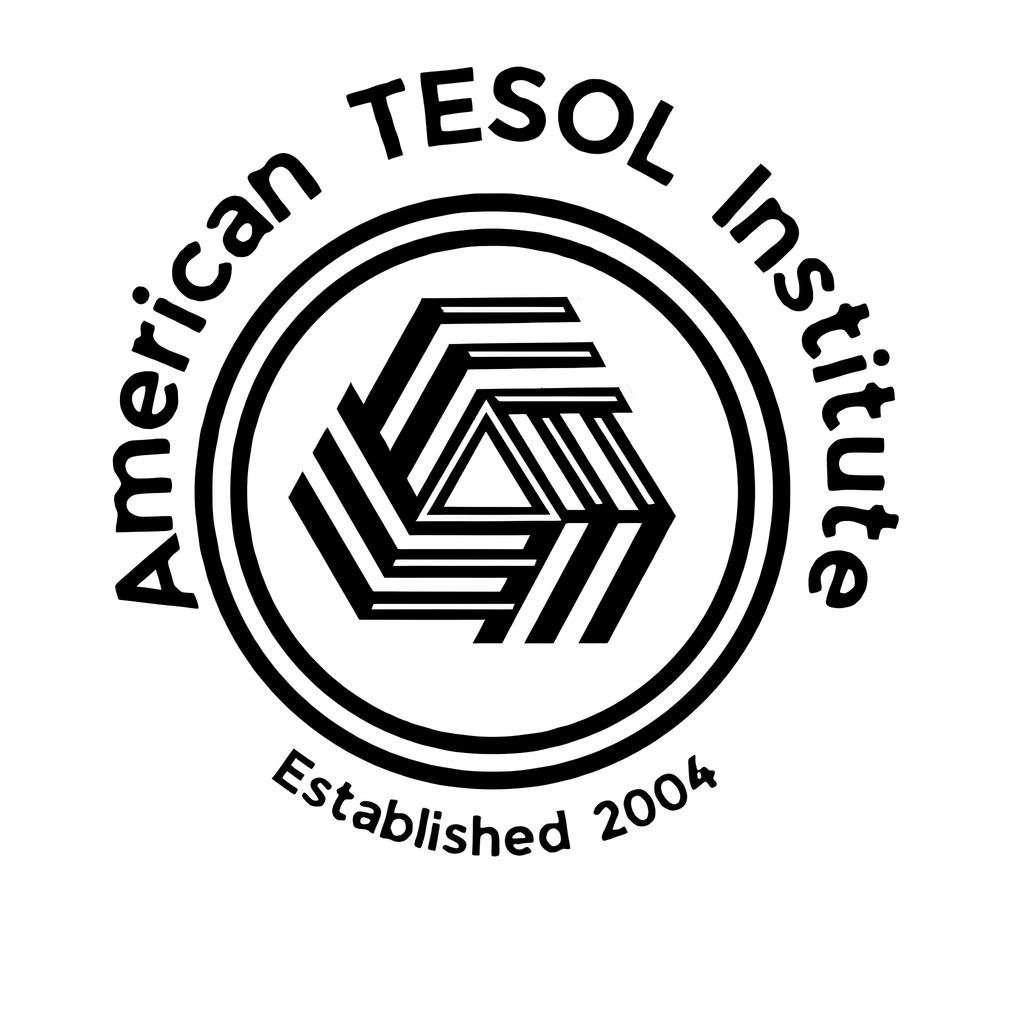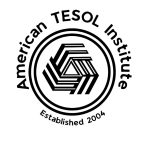Standards-Based Instruction (SBI) is a teaching approach that focuses on aligning lessons and assessments with predetermined learning standards. It ensures that teaching practices are goal-oriented and measurable, making it a popular methodology in educational systems worldwide. For TESOL teachers, understanding and implementing SBI can be both rewarding and challenging. This article explores the pros and cons of Standards-Based Instruction, along with tips for success.
What is Standards-Based Instruction?
At its core, SBI is a framework that emphasizes:
- Knowing the learning targets: Clear objectives for what students should achieve.
- Pre-assessing students: Identifying student proficiency levels before instruction begins.
- Reviewing student work: Continuously analyzing performance to gauge progress.
- Responding to student needs: Adapting teaching methods based on individual and group needs.
The Pros of Standards-Based Instruction
- Clear Goals and Expectations
Standards provide a clear roadmap for teachers and students. In TESOL, this means students understand exactly what is expected, such as achieving proficiency in a specific language skill (e.g., reading comprehension or conversational fluency). - Objective Measurement of Success
By aligning lessons with standards, teachers can objectively measure progress. This is especially useful for English learners, as growth in language proficiency can be tracked and celebrated. - Personalized Learning Opportunities
Pre-assessment allows TESOL teachers to identify varying proficiency levels and tailor lessons accordingly. For example, beginner learners may focus on vocabulary acquisition, while advanced students refine grammar or idiomatic usage. - Accountability for Educators and Learners
Standards ensure both teachers and students remain focused on meeting specific educational objectives, fostering accountability. - Structured Curriculum Planning
Standards serve as a foundation for curriculum design, making lesson planning more organized and cohesive.
The Cons of Standards-Based Instruction
- Rigidity in Teaching
The structured nature of SBI may limit teacher creativity. For TESOL educators, this can mean less flexibility to explore cultural topics or spontaneous language-learning moments. - One-Size-Fits-All Challenges
Language learners come from diverse backgrounds with varying needs. Rigid standards may not accommodate students who progress at different rates or require specialized support. - Overemphasis on Testing
The focus on measurable outcomes can lead to a “teaching-to-the-test” mindset, where authentic language use and communication take a backseat. - Resource Limitations
Meeting standards requires access to specific materials, tools, and training. TESOL teachers in under-resourced schools may struggle to implement SBI effectively. - Stress for Students and Teachers
The pressure to meet benchmarks can create anxiety, particularly for language learners who may already feel overwhelmed by adapting to a new linguistic and cultural environment.
Best Practices for Implementing Standards-Based Instruction in TESOL
- Understand the Standards
Familiarize yourself with language standards such as the Common European Framework of Reference for Languages (CEFR) or TESOL Standards for English Learners. These provide clear guidelines for setting goals and evaluating progress. - Balance Structure and Creativity
While following standards, incorporate creative and culturally relevant activities that make learning engaging. Role-playing, storytelling, and group projects can enhance language acquisition. - Use Differentiated Instruction
Design lessons that cater to various learning levels. For example, group students by proficiency and provide tiered activities that challenge each group appropriately. - Focus on Authentic Communication
Align standards with real-world applications, such as practicing conversational skills for daily life or writing emails for professional contexts. - Incorporate Technology
Use digital tools like language learning apps, online quizzes, and virtual classrooms to meet standards in innovative ways. - Collaborate with Students
Involve students in setting their learning goals based on the standards. This fosters ownership and motivation to achieve targets. - Reflect and Adapt
Regularly review student work and progress, and adjust teaching strategies to meet evolving needs.
Conclusion
Standards-Based Instruction offers a structured approach to language teaching, ensuring clarity and measurable outcomes. For TESOL teachers, the challenge lies in balancing the rigidity of standards with the dynamic and individualized needs of English learners. By leveraging the strengths of SBI and addressing its limitations through innovative teaching strategies, educators can create an engaging and effective learning environment.
Embrace the power of standards while keeping the heart of language learning alive: communication, connection, and creativity.


